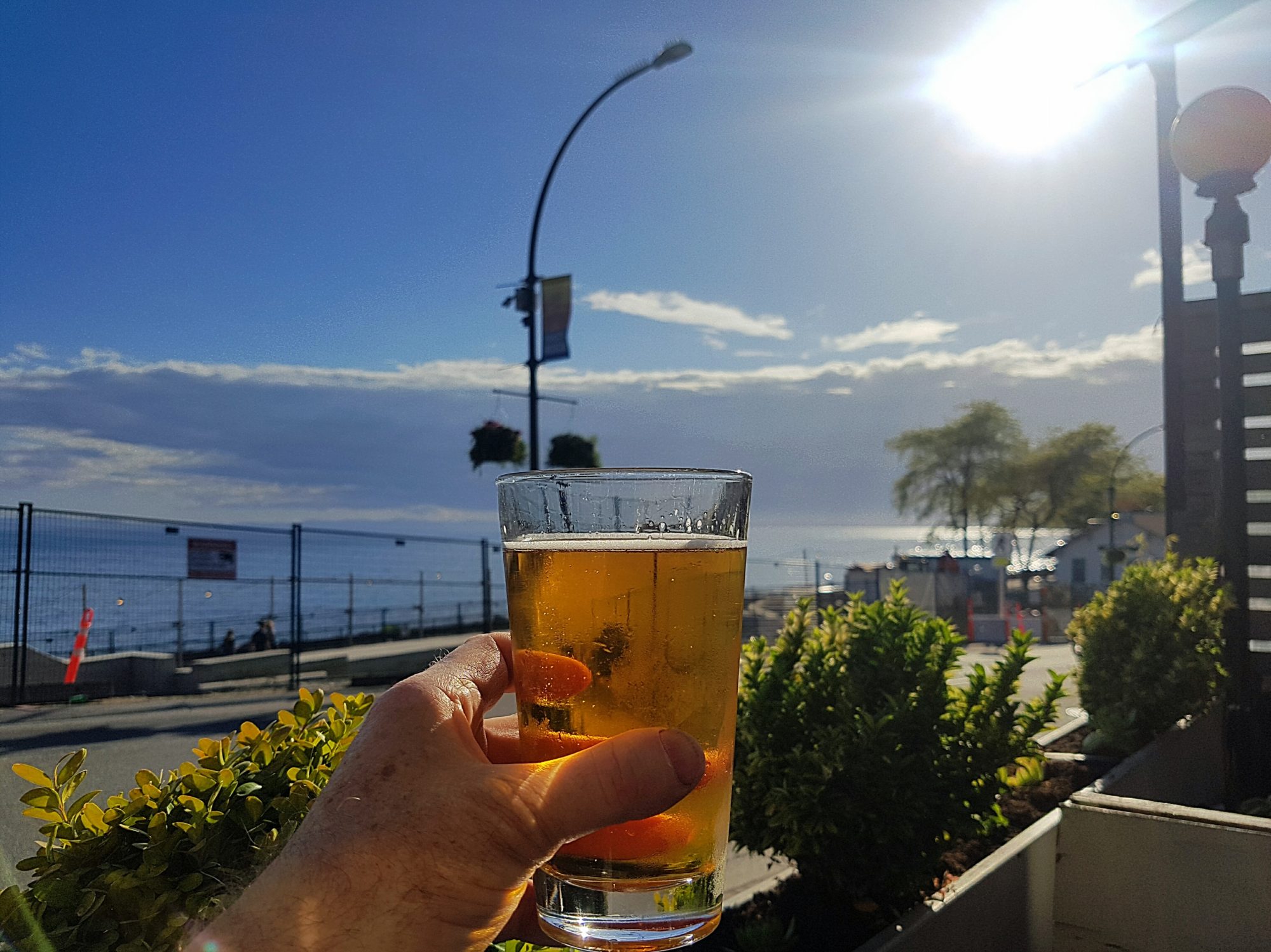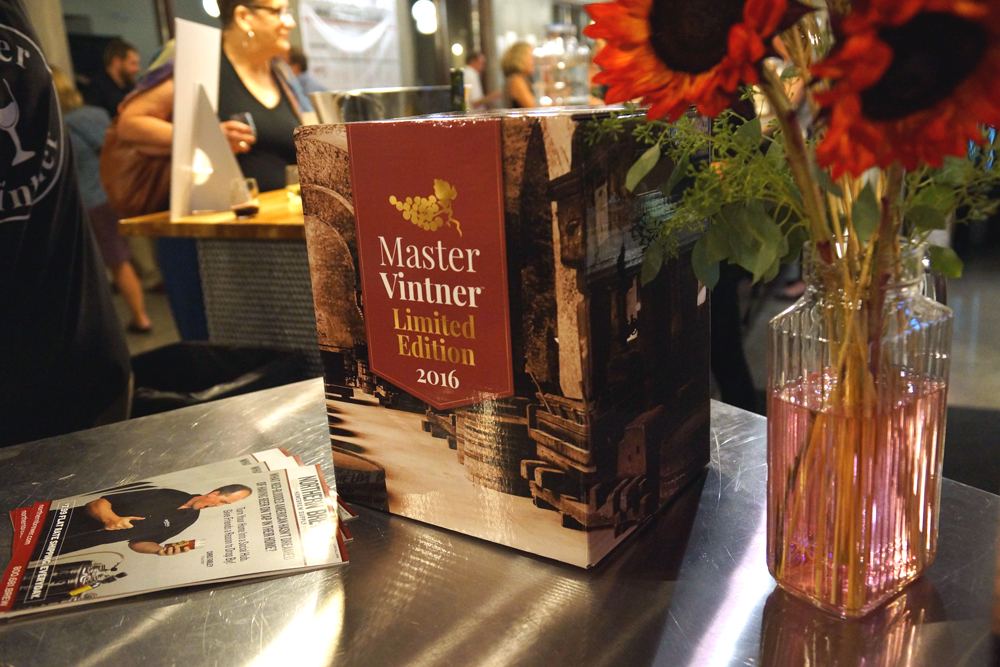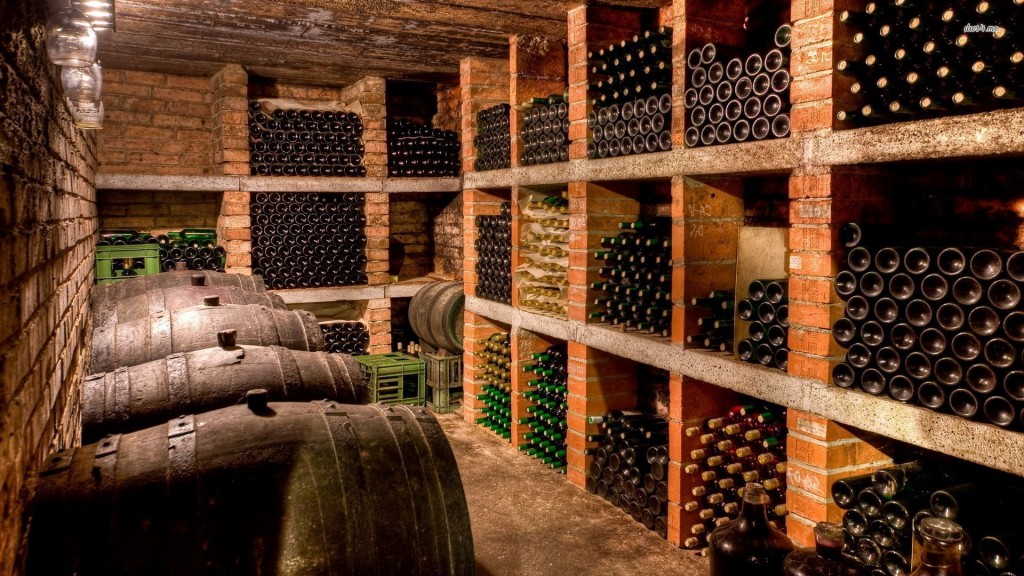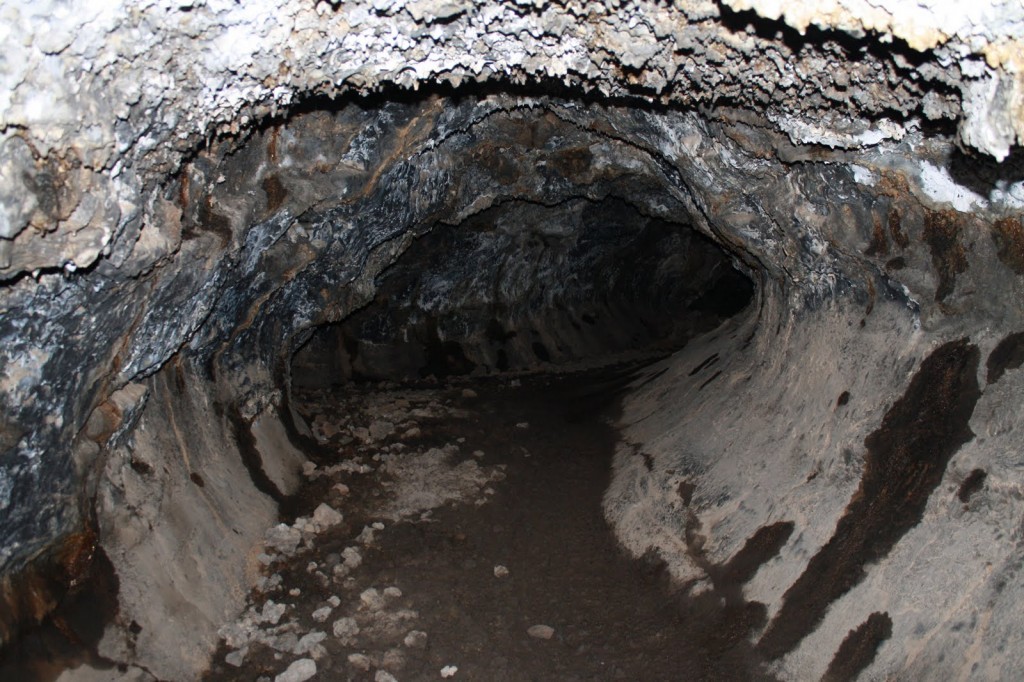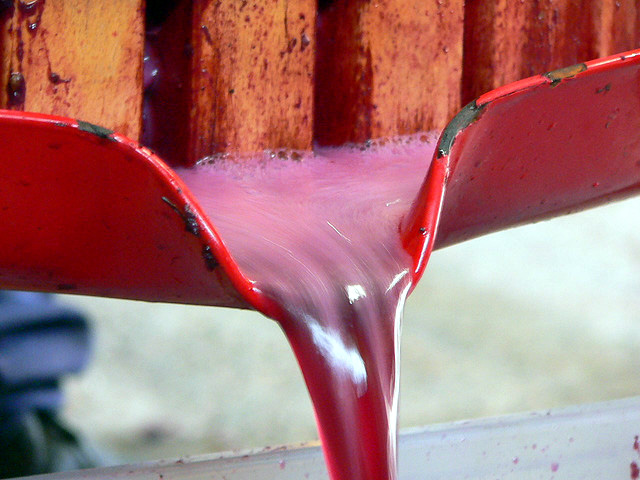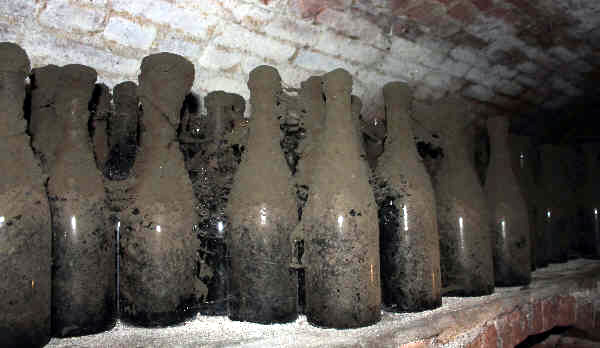I’m wicked pleased to announce my 2016 Limited Edition wine kits, by Master Vintner. They’re the only Limited Edition kits with my name on them–if you know me, you know that’s a big deal. After more than two decades helping people make their own wine I’m only interested in the best.
What’s the Deal with Limited Edition?
Limited Edition is to home winemakers what vintages are to commercial wineries: once a year we assemble four different wines (two reds and two whites) and offer them for a short period of time. Winemakers have to pre-order, or they don’t get any. The kits are delivered over four months, January through April, staggered so they can get them all made in a decent amount of time as wines get racked and carboys get freed up.
The pre-order is crucial. These wines are from cool, exciting vineyards that make excellent grapes. One of the things about making excellent grapes is that it drives yields down, so there is always a limited amount of them available. We cut off the pre-orders when they reach the point where we can’t make any more kits, and those ones go to the people who got in first.
This Year’s Wines: France
All of the wines from this year come from France, with three Bordeaux grapes and one from Burgundy. While France is the world-champion maker of fine wine (other countries make more wine, but it’s not classified as ‘fine’) it’s very hard to get grapes from there.
First off, they can turn them into fine wine and sell them for a handsome profit. Second, explaining to a French grape grower that you want their grapes to make into juice for home winemakers . . . let’s just say that it can be a surreal conversation. Third, since the French are used to using all of their grapes to make fine wine, facilities to process the grapes are hard to come by. It requires the resources and expertise of a full winery operation to turn top quality grapes into top-quality wine juice. Fortunately, Master Vintner has those, and put them to good use, getting grapes at peak physical and organoleptic (flavor) ripeness and turning them into perfect juice in only hours.
Luckily, that’s what have brokers and logistics people for–doing the impossible. We manged to come away with Cabernet Sauvignon, Merlot, Sauvignon Blanc, and Chardonnay grapes, and we’re turning them into spectacular wine kits, right this minute.
The Tasting Event
The best way to teach people about wine is to hand them a glass and let them taste it. Even better is to give a bit of background first, and to hand them a glass and a food to pair with the wine.
So that’s what we did: this September at Northern Brewer World Headquarters, Master Vintner held a wine tasting and food pairing, featuring versions of the grapes we’re using for the Limited Edition kits, and it was awesome.
I’ve been doing wine tastings for nearly thirty years now, and it’s always a thrill to share great wine with people who appreciate it. Getting to present wines as good as these to people who make their own wine is a special treat: home winemakers are so engaged, so committed to enjoying the experience and the wine, that it’s not like work at all to do a tasting like this–it’s a lot more like a really great party with friends.
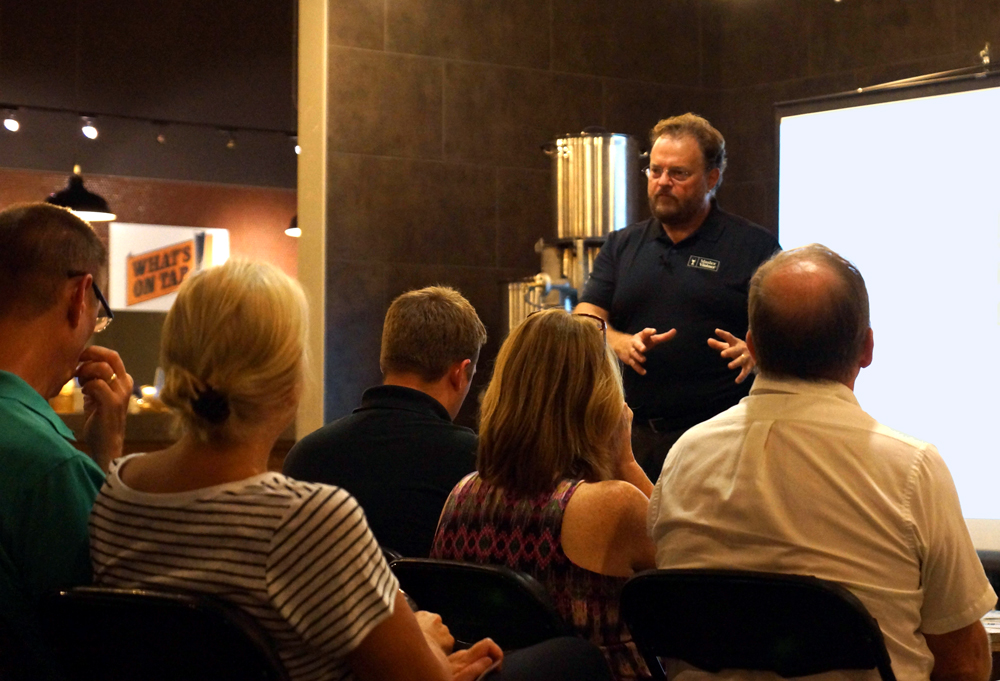
I had a blast talking to my winemaking friends, answering questions and trying out the food pairings (Sauvignon Blanc paired first with goat cheese and second with honey will change the way you think about how food and wine work together) and enjoying a truly fun evening.
If you wish you could have been there for the tasting, you’re in luck: while we can’t deliver any wine for you to try, we recorded the presentation so you can see what it’s all about.
I’ll be talking more about the Limited Edition wines in upcoming blogs, but if you want to make these wines for yourself, make sure you get in early: when they’re gone, they won’t be back, and there aren’t any extras. And if you have any questions, pop in a comment below and I’ll be happy to answer them all.
Happy Limited Edition season!
